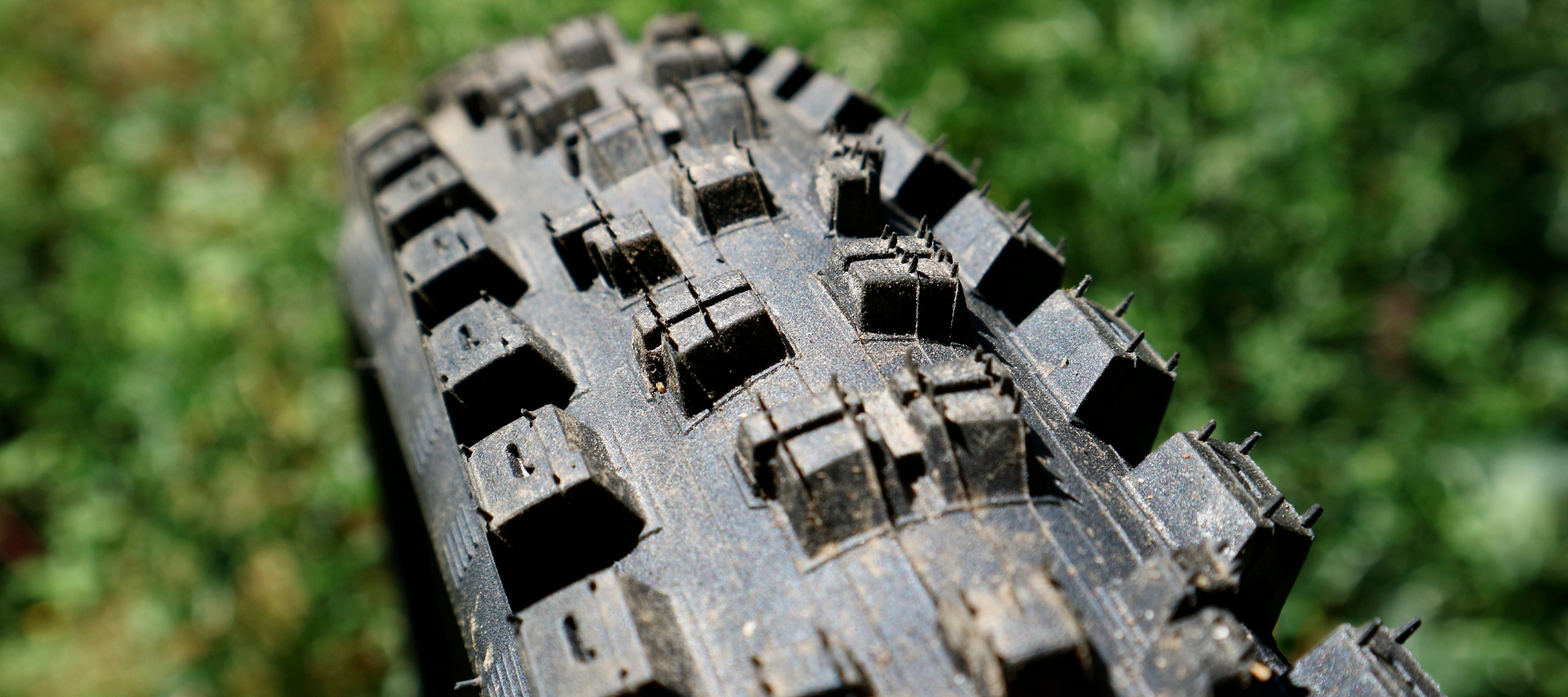Bike Perfect Verdict
Average grip and wet weather performance, but the Eliminator is long-lasting rear tire that carries speed really well and also sports a low-price tag.
Pros
- +
Very good in dry conditions
- +
Excellent value for money
- +
Hard-wearing compound
- +
Ultra quick rolling
Cons
- -
Not as soft as claimed
- -
Average braking traction
- -
Pressure sensitive
- -
Lacks bite in the wet
Why trust BikePerfect
Specialized pitches the Eliminator as an all-rounder but we’ve included it in the rear-only category of the best MTB trail tires because the slightly harder T7 compound has so much get up and go – this tire is fast out of corners, and really pings along on dirt roads and hardpack. It also has the reinforced Grid Trail casing to help resist pinch flats and comes in both wheel sizes and two widths – a 2.3 and a whopping 2.6, which in 27.5 is a great option for mullet both analogue or e-MTB use.
For information on Bike Perfect's testing procedures and how our scoring system works, see our how we test page.
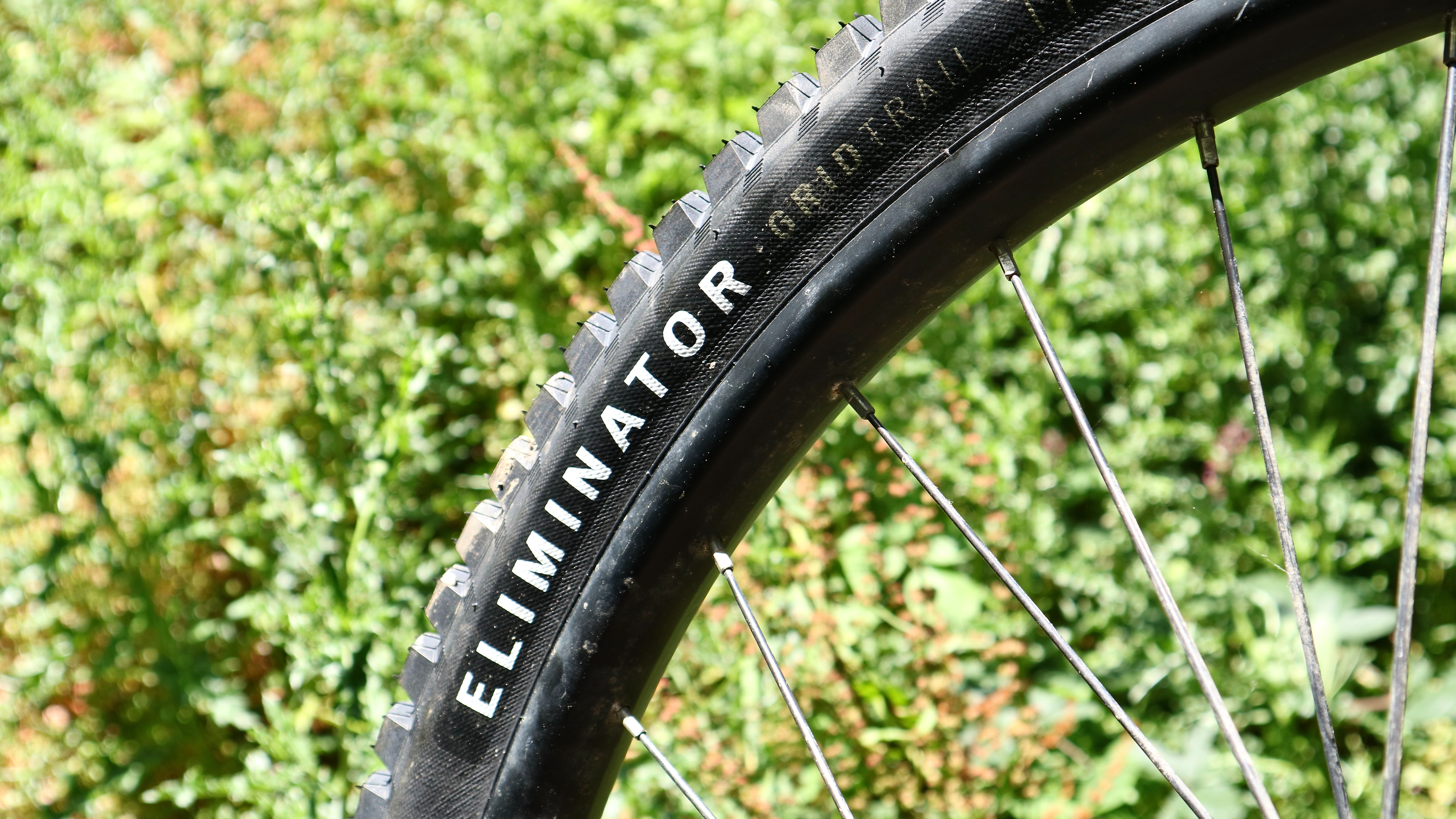
Design
To increase rolling speed and reduce wear, the Eliminator features an in-house T7 Gripton compound, which I measured at around 60a durometer. That’s equivalent to the center tread on a Maxxis Maxx Speed or dual-compound tire and, while there’s a definite high energy feel on harder surfaces, it’s turn of speed is very impressive.
The Eliminator also features Specialized’s latest Grid Trail casing construction, which is step up from the basic Grid. It has an extra nylon ply under the tread and, according to Specialized increases pinch flat protection by 15 percent and puncture protection by 30 percent. We’re not sure how the company arrived at these figures for something that is a random event, but the casing is pretty meaty and there’s a thick rubberized coating on the sidewall.
The center tread arrangement is very similar to the Kenda HellKat Pro ATC but with an arrow of center blocks and relatively burly edge lugs. The difference is those center knobs are a lot shallower, and heavily cutaway, so driving traction and braking stability isn’t quite at the same level. Mud shedding is good with the open tread design, although the tire can struggle to find bite in slippery conditions especially when climbing at slow speeds.
Like most Specialized tires, the Eliminator is 2Bliss ready and I had no issues setting it up – the bead popped in first time and, while there was a bit of sealant leakage during the first outing, the tire didn’t need topping up, something that often happens with thicker casing tires that just don’t seem to seat fully.
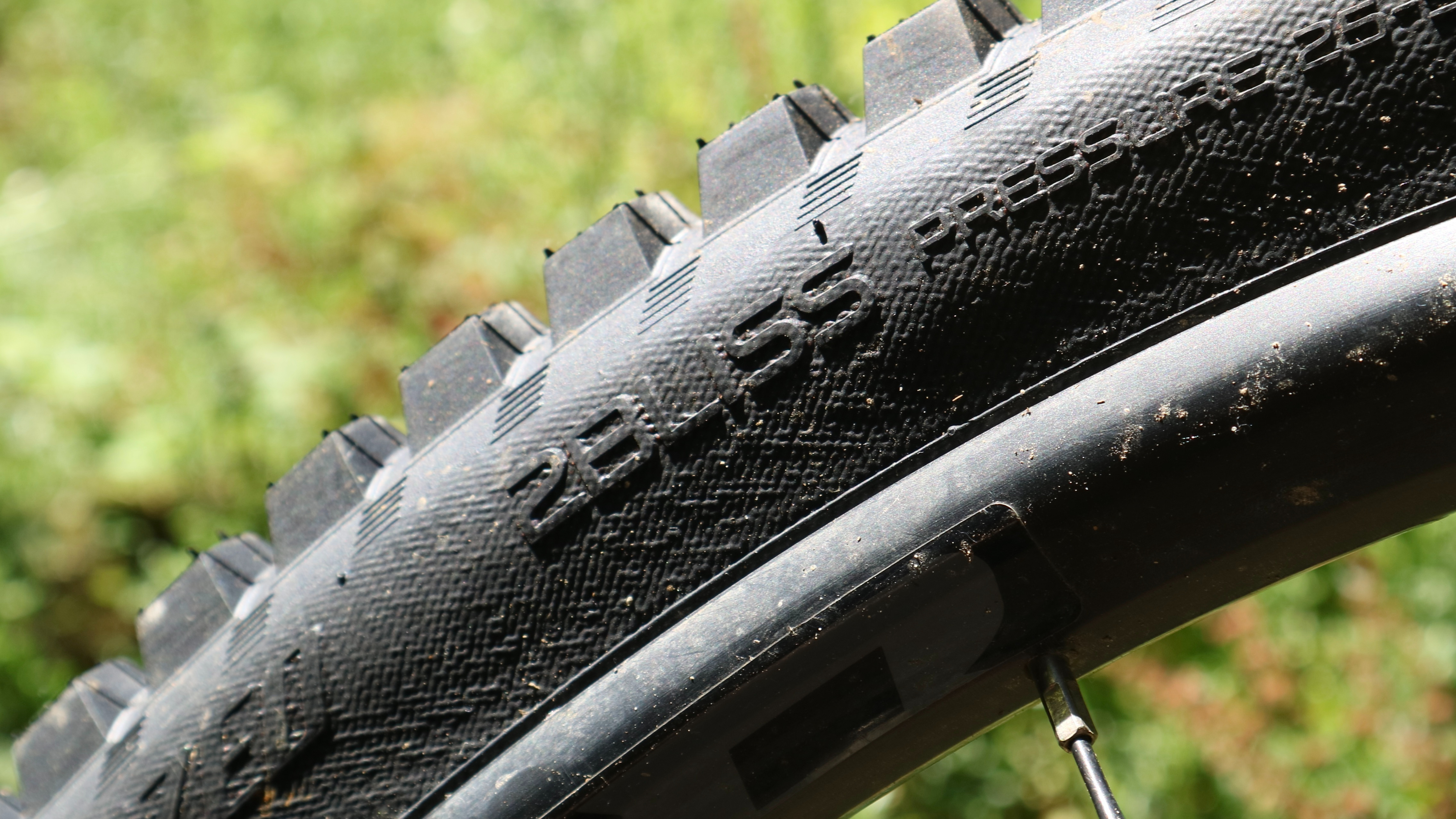
Performance
I’d only rate the grip as average and that might sound like I'm not recommending the Eliminator T7, it’s just condition specific when compared to a lot of rival tires. It’s not the most tenacious tire for wet or mud, but on dry trials, when you have predictable grip and braking situations, it’s very good. And that turn of speed is a big plus if you’re trying to add a bit of umph to a sluggish trail bike and, in the bigger 2.6in size, a ton of cushioning and protection.
Even in that 2.6in size, the center lugs are still quite short (and small), so braking traction is also only average and in loose or wet corners we found this tire can slide and drift a bit too easily. The burly side knobs do add some much need stability when skirting along off-camber but to get on this ridge of rubber you do need to be a bit more dynamic with your riding and really get the bike cranked over on the edge. Obviously, a lot depends on what you’re running up front but we’d definitely recommend any of the softer front tires from our best mountain bike trail tires guide.
The flipside of a tire that uses harder rubber is that it’s harder wearing, so will last longer and when it’s also cheaper than most, in the long run that’ll save you money. The only caveat to that is you may have to swap this tire for something with a bit more bite if the local conditions deteriorate or you’re riding throughout the winter.
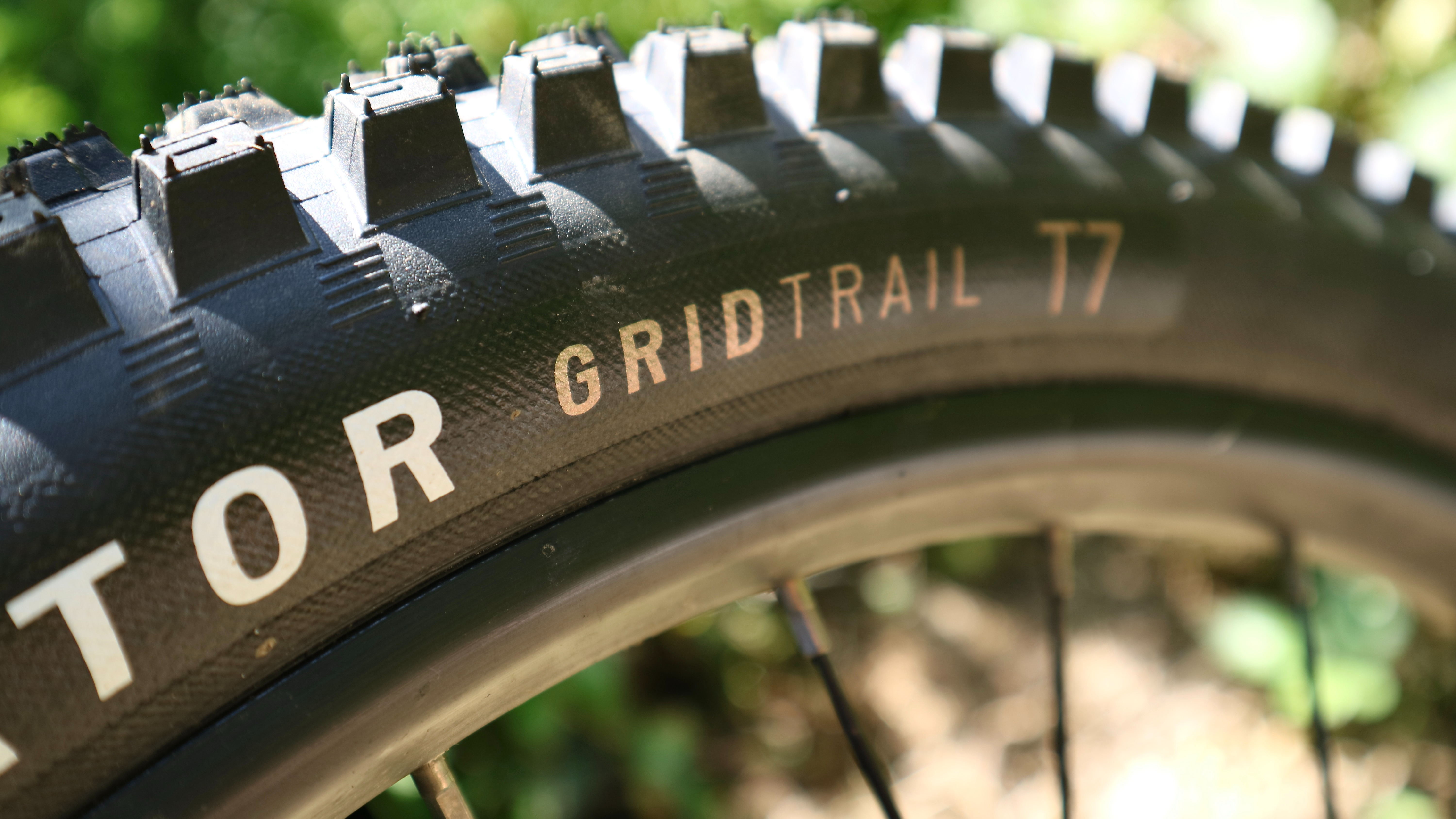
Verdict
The quick rolling rubber doesn’t offer enough traction up front, but this is a rapid, rear wheel ripper. Its reinforced Grid casing is durable, the rubber is long lasting and it’s a killer value for money option for burlier riding and (in the 2.6in size) e-bike use.
Tech Specs: Specialized Eliminator T7 Grid Trail
- Price: $70 / £37.50 / €60
- Wheel size (inches): 27.5, 29
- Carcass: Grid Trail
- Widths: 2.3 (tested), 2.6
- Dimensions: 2.32in (59mm) on 33mm rim at 23psi
- Weight: 902g (2.3, 27.5in)
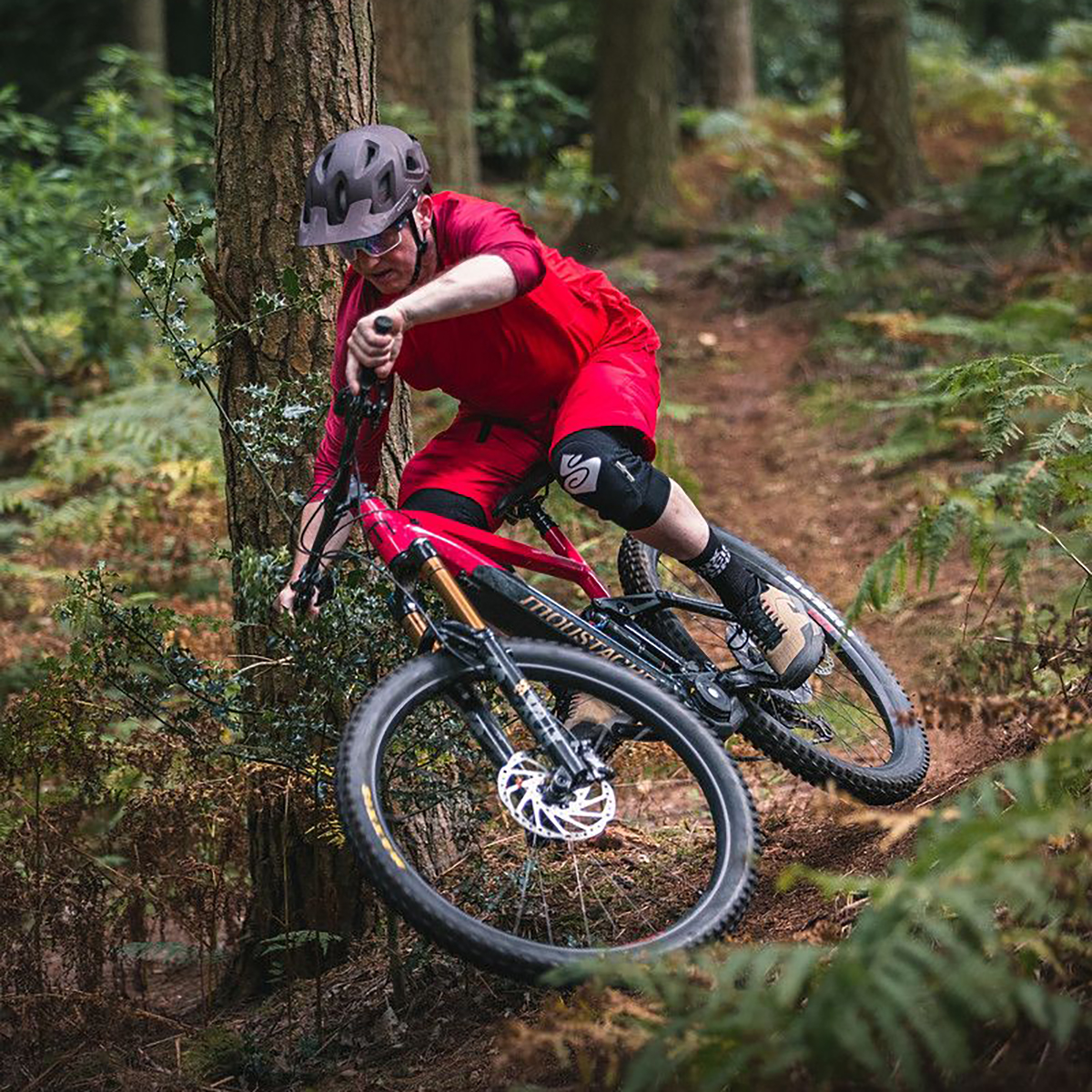
Paul has been testing mountain bikes and products for the best part of 30 years, he’s passed comment on thousands of components and bikes, from the very first 29ers and dropper posts to latest e-MTBs and electronic drivetrains. He first put pen to paper for Mountain Bike International magazine but then contributed to What Mountain Bike, Cycling Today and Cycling Weekly magazines before a 20 year stint at MBR magazine. An ex-elite level XC racer, he’s broken more bones than records but is now sustained on a diet of trail building, skills coaching and e-bike trail shredding.
